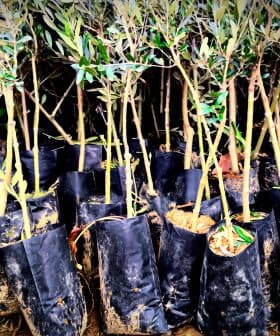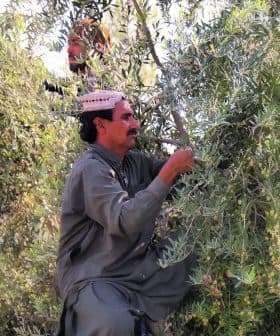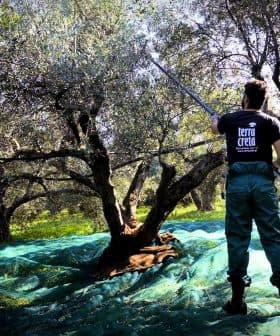Food Crisis Looms as Pakistan Announces Recovery Strategy
Pakistan is seeking international support to address a food crisis, recover from recent floods, and get development plans back on track, with over $9 billion in aid pledged at the Resilient Pakistan Conference in Geneva. A Post-Disaster Needs Assessment revealed that Pakistan will need over $16 billion to recover from last summer’s floods, leading to the announcement of the 4RF project to coordinate restoration efforts and guide investments in the country.
Pakistan’s government is asking for the international community’s support in addressing the current food crisis, recovering from the floods that impacted large portions of the country and getting its development plans back on track.
At the “Resilient Pakistan Conference,” co-hosted by the country’s officials and the United Nations in Geneva, Switzerland, more than $9 billion in aid has been pledged by international contributors, including the United States, China, United Arab Emirates and the European Union.
A Post-Disaster Needs Assessment (PDNA) showed that to recover from last summer’s floods alone, Pakistan will need more than $16 billion.
Given the assessment, a project known as 4RF (Resilient Recovery, Rehabilitation and Reconstruction Framework) has been announced in Geneva. It details the priorities and objectives of the recovery efforts.
4RF will support the coordination of all public and private actors involved in the restoration efforts while also providing a reference for international and national public and private investments, funds and development plans.
See Also:Record Heatwave and Drought in Pakistan Threaten Crops and Olive FarmingBefore last year’s calamity, Pakistan’s finances were already significantly burdened by a sovereign debt that has grown substantially in the last ten years. Local observers are pushing the government to initiate debt restructuring negotiations with the country’s foreign creditors.
According to United Nations experts, the complex scenario is forcing an additional 9.1 million Pakistani to fall below the poverty line, with health and food insecurity highly exacerbated by the floods.
The country is also experiencing strong inflation, which accelerated after the floods and directly contributed to rising food prices. As reported by the local newspaper Dawn, since August 2022, food inflation rates have exceeded 30 percent. They reached 37.9 percent in December.
Among other factors, the high inflation levels were caused by the food shortage after the floods and by the extraordinary dynamics of the international food markets.
The priorities of the newly announced recovery plan include restoring the government’s and state institutions’ efficacy in the affected areas, restoring livelihoods and economic opportunities, ensuring social inclusion and sustainably restoring basic services and physical infrastructure.
Local experts believe that food subsidies designed to curtail the impact of the rising food inflation might be eroded by the significant economic slowdown triggered by the floods.
Between June and August 2022, extraordinarily persistent and heavy rainfall combined with river and urban flooding put more than a third of the country under water, directly affecting the population and economic activities, including farming.
The United Nations Office for the Coordination of Human Affairs reported that more than 1700 died in a national disaster, displacing more than 8 million people. More than 33 million Pakistani directly felt the consequences of the floods.
The southern regions were hit the hardest. Significant but minor damages were also reported in the northwestern Khyber Pakhtunkhwa region, one of Pakistan’s most active olive-growing areas. Central-eastern Punjab also suffered from the disaster.
Thousands of schools, hospitals and companies were damaged or destroyed. Because of the floods, large areas of cultivated vegetables, oilseed and pulses were completely washed away.









